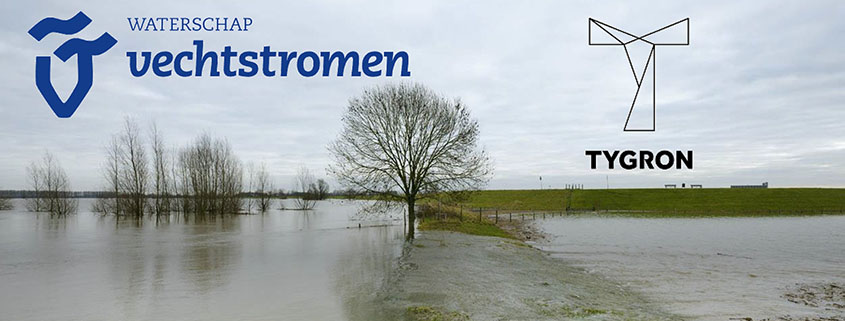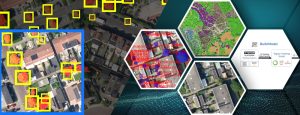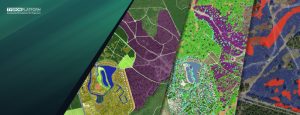The Vechtstromen water organisation was faced with the task of standardizing its flood defenses. In total, the water organisation has 400 km of barriers. The main questions to be answered are:
- What is a suitable standard for the flood defenses?
- What are the consequences if a barrier fails?
To answer these questions, the water organisation has built a tool on the Tygron Platform. Jeroen van der Scheer, hydrologist at the Vechtstromen water organisation: “It was not a foregone conclusion beforehand that we would use the Tygron Water module for these calculations. It was the outcome of the pilot that naturally led us to the Tygron Water Module.”
Selection of the tool
The water organisation has opted for the risk approach for standardizing the flood defenses. The standard assigned to a barrier depends on the consequences of a possible flood. So, a barrier is given a higher standard when the consequences of a failing barrier are greater.
In order to draw up the correct method for standardizing the defences, the water organisation conducted a pilot study in collaboration with the DIJK53 consultancy. The basic principles under which the standards are drawn up have emerged from the pilot study. Some of the principles are:
- NBW1 standard is the starting point.
- Simulate a failure every 100 meters.
- Include breach growth according to the van der Knaap formula.
- Objects such as schools and hospitals are Risk objects.
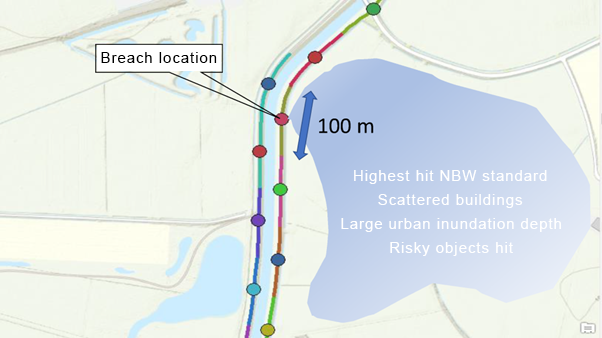
To investigate 400km of flood defenses, thousands of flood calculations had to be performed and the impact of the flood analyzed. This led to the question: can this be automated?
Based on this automation question, experts from the water organisation decided on the Tygron Water module. The advantage of the Tygron Water module is that it is a robust tool with a clear data structure. Calculations can be performed once via a script and are consistent and reproducible. In addition, the tool provides exactly the data that is needed, not too much and not too little.
How does the tool work?
In this video, Jeroen van der Scheer and Rudolf Koster explain how the tool works: (in Dutch)
The tooling consists of a script that prepares the projects and has the barrier breached automatically every 100 metres. For each breach is calculated and exported:
- How much water is in which place.
- To what extent that overlaps with the standards map of the water board.
- Soft risk objects in the area are affected, divided into different categories.
The tooling is reusable for other water organisations. A usage example is also available in our Python SDK. The user can set the starting points under which to calculate and the tooling can then be operated completely by himself.
1. NBW is the Dutch National Administrative Agreement.
